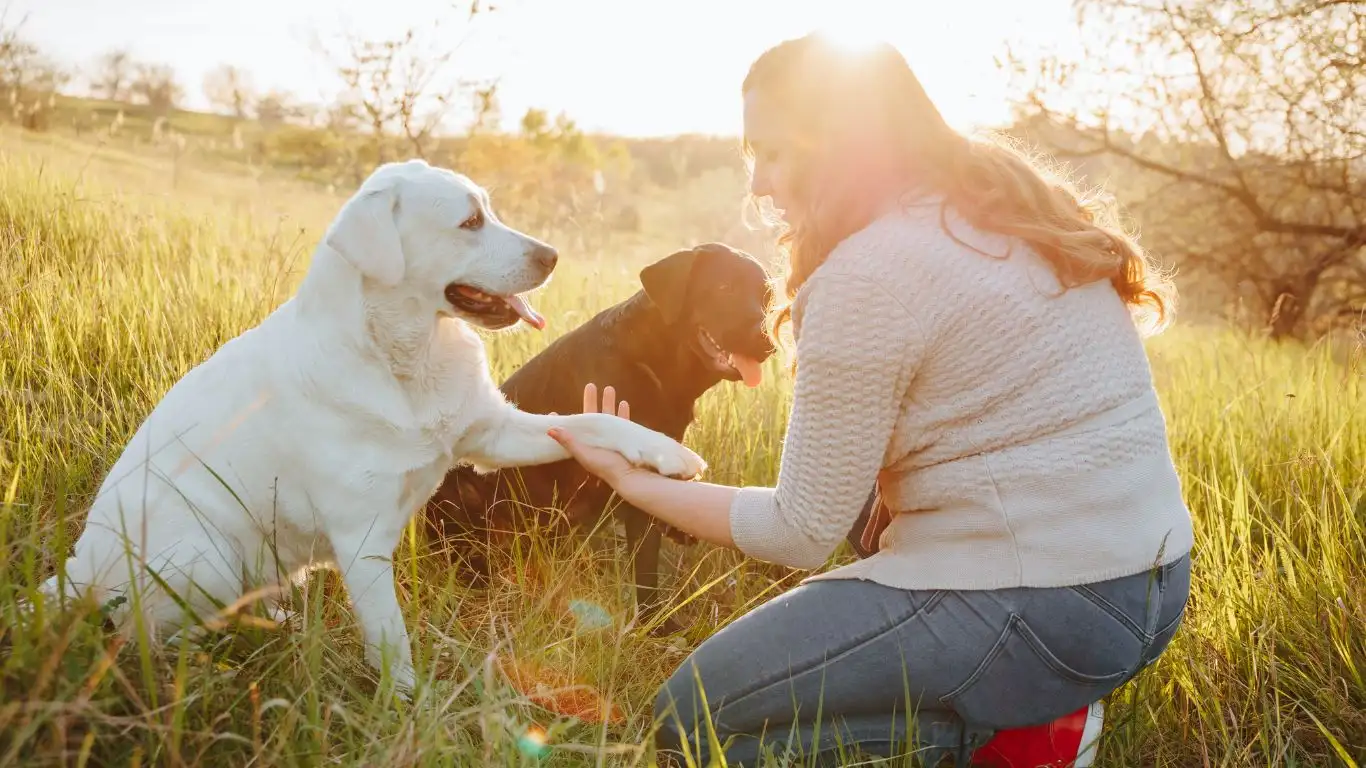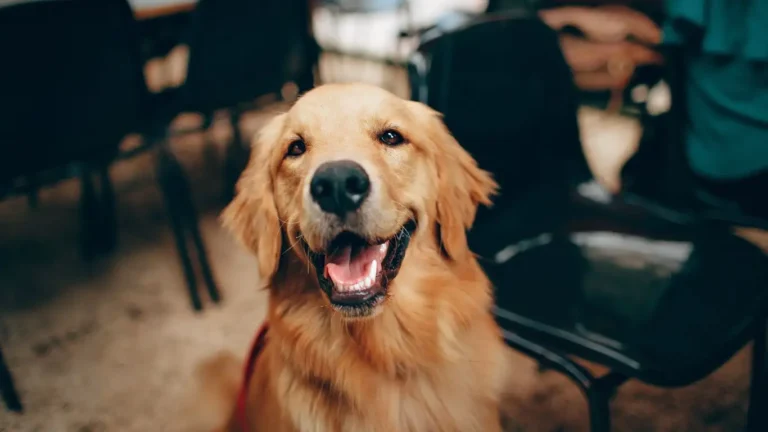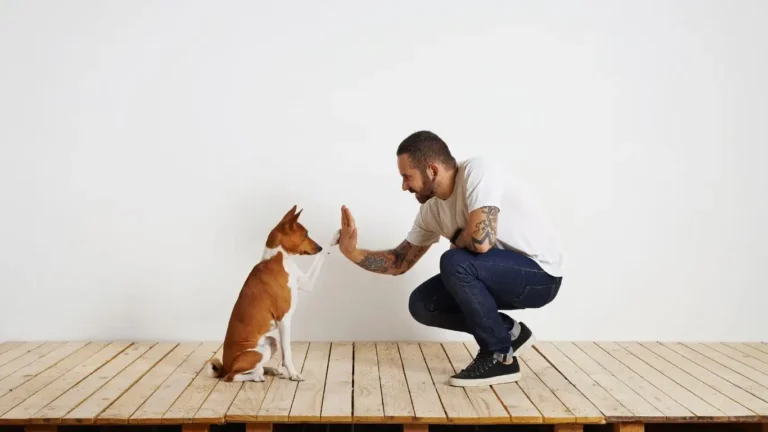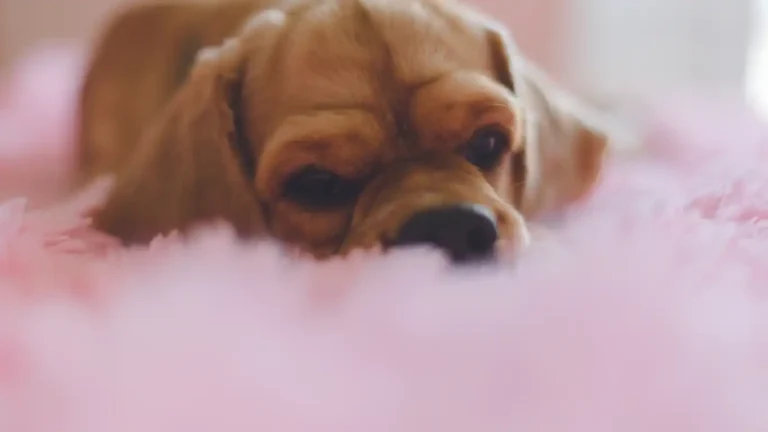Easy Steps to Train Your Dog to Go to Their Bed on Command
Training your dog to go to their bed on command is an incredibly valuable skill that can make both your life and your dog’s life easier. Whether you’re trying to create a peaceful space for your dog to relax in or just want them to stay out of the kitchen while you’re cooking, this command is a game changer. In this article, I’ll walk you through exactly how to train a dog to go to their bed on command, drawing from my experience as a Canine-Assisted Therapy Trainer. So grab a treat (or two!), and let’s dive in!
Why Training Your Dog to Go to Their Bed Is Important
When it comes to managing your dog’s behavior, having them go to their bed on command is a simple yet highly effective solution. As a Canine-Assisted Therapy Trainer, I’ve seen first-hand how important it is for both dogs and their owners to have a space where the dog feels comfortable and safe, while also respecting boundaries in the home. And trust me, this isn’t just for people with therapy dogs—it’s something every dog owner can benefit from.
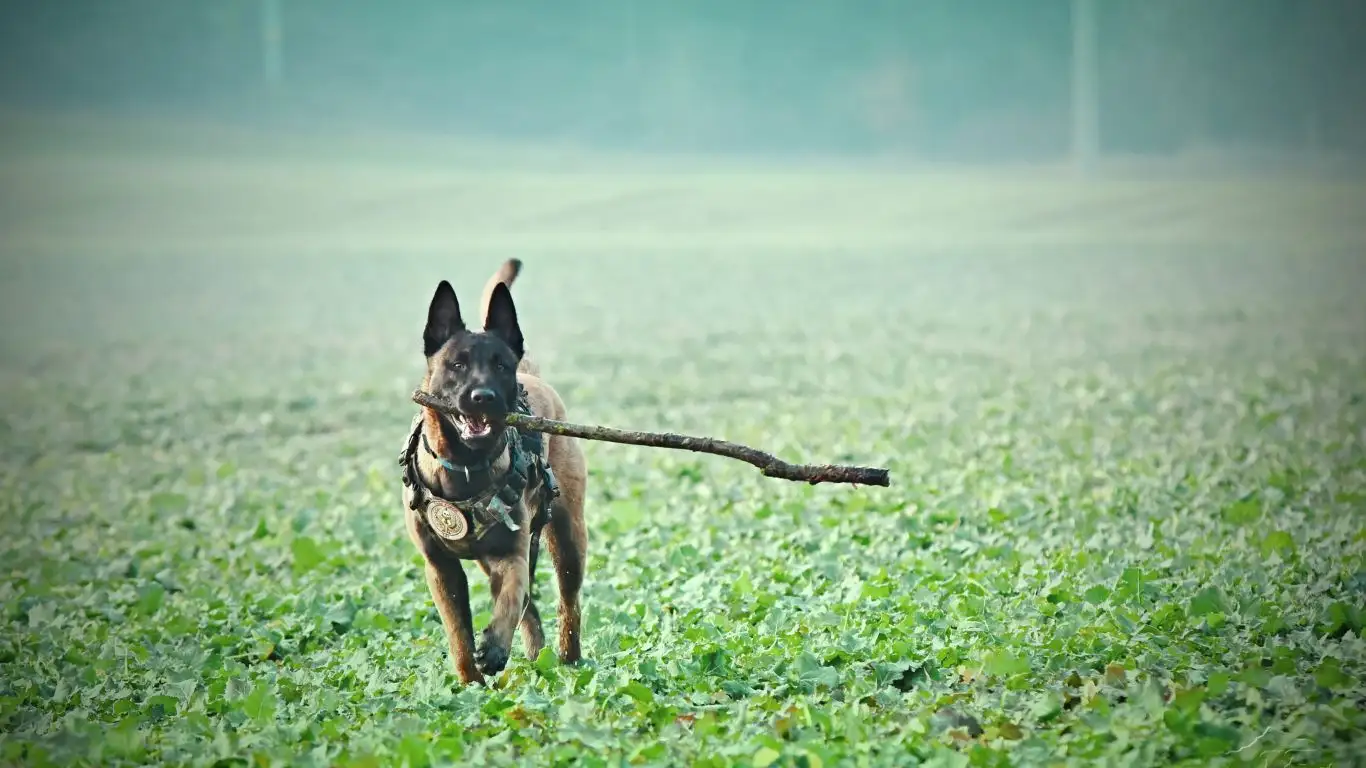
Creating a Calm and Controlled Environment
One of the main benefits of teaching your dog to go to their bed is that it helps create a calm and controlled environment. Dogs are naturally energetic and curious, so giving them a designated spot to chill out when things get a little too hectic can be a lifesaver. Think about it—when you’re working, cooking, or even just having guests over, you want your dog to be in their designated spot, quietly hanging out. By reinforcing this behavior with a command, you can have a much more peaceful environment at home.
Building a Routine with Your Dog
Training your dog to go to their bed requires consistency, patience, and a little bit of time. It’s not a trick you can teach them overnight. What I love most about this process, though, is that it’s a great way to build a solid routine with your dog. Dogs thrive on routines, and having a clear idea of when they’re expected to go to their bed can help them feel more secure. Plus, it’s a useful command for many situations, from bedtime to when you need some personal space.
Step 1: Choose the Right Bed for Your Dog
Before we get into the actual training process, let’s talk about the most important tool in this whole experience: the bed! You want to make sure you choose a bed that suits your dog’s size and personality. I can’t tell you how many times I’ve worked with dogs that weren’t motivated to stay on their beds simply because they didn’t find them comfortable or appealing enough. A comfortable bed is crucial!
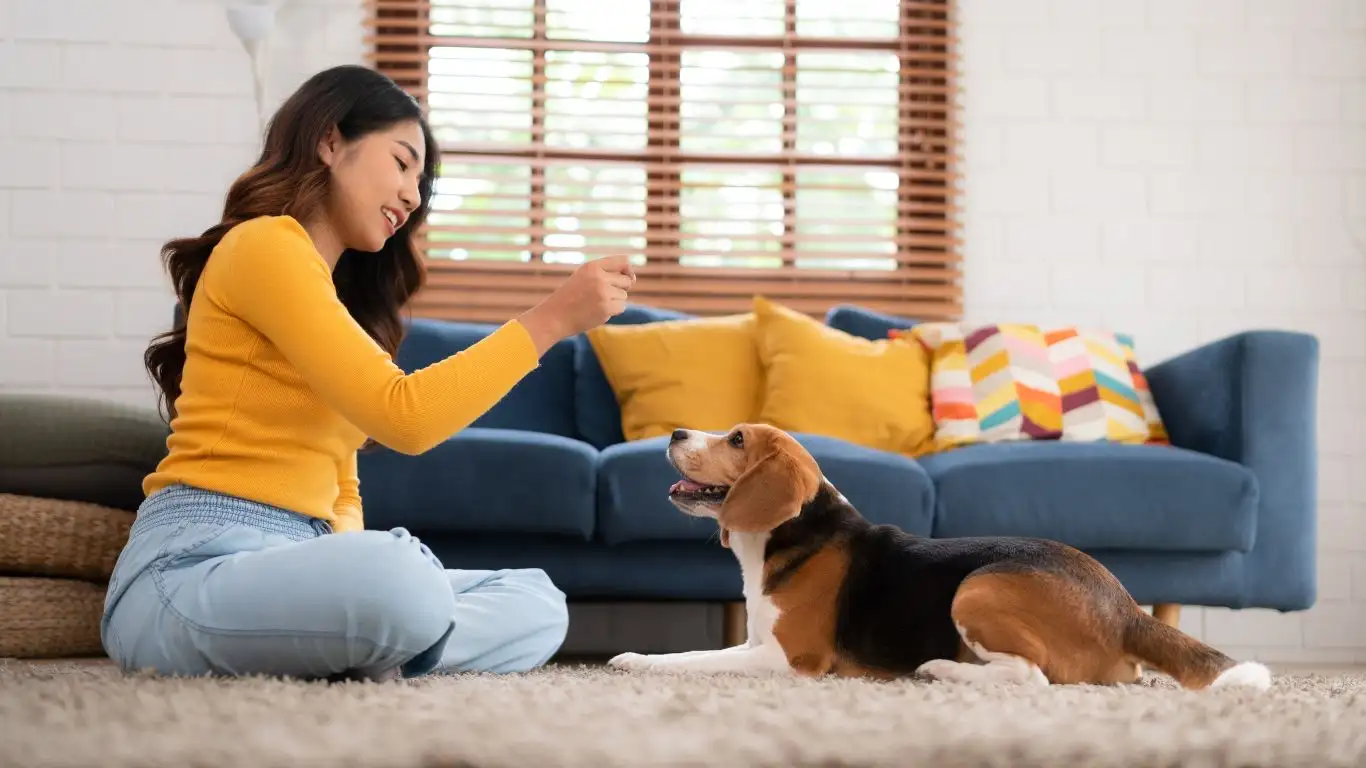
Finding the Perfect Spot for Their Bed
Now that you have the right bed, where should you put it? Location matters! If your dog’s bed is placed in a noisy or distracting area, they may not be inclined to stay there for long. Choose a spot that’s away from the hustle and bustle of everyday life but still within view of the family. I recommend placing the bed in a quiet corner or near the area where you spend the most time, whether that’s your living room, kitchen, or office.
Making the Bed an Appealing Spot
If you want your dog to love their bed, you’ve got to make it an inviting and comfortable space. Start by using soft bedding or blankets that carry your scent to give them a sense of security. Add a few of their favorite toys or a chew bone to encourage them to hang out there on their own. You can even try sprinkling some treats on the bed initially to get them excited about spending time there. By creating a positive association with their bed, your dog will be more likely to head to it when you give the command.
Step 2: Introduce the Bed and the Command
Now that your dog has a designated bed they love, it’s time to start teaching them to go to it on command. The key here is consistency and positive reinforcement. I always recommend using a word or phrase that is clear and distinct. For example, you could say “Go to bed,” “Go to your spot,” or “Place.” Whatever phrase you choose, be sure to stick with it so your dog can easily associate the command with the action.

Using Lures to Guide Your Dog
When you first start training your dog, using a lure (such as a treat or toy) can help guide them to their bed. Hold the treat in your hand, and use it to lead your dog toward their bed. When they get on the bed, immediately give them the command, followed by praise and the treat. This creates a strong association between the action and the reward.
Repetition is Key
As with any dog training, repetition is essential. Repeat this process several times a day, always using the same command and rewarding your dog with treats and praise as soon as they get to their bed. Over time, they will begin to recognize the command and understand that going to their bed is a good thing. Remember, patience is key here—don’t expect perfection right away!
Gradually Fading the Lure
Once your dog is consistently going to their bed with the lure, it’s time to begin fading it out. You can gradually use fewer treats or move to verbal praise instead of always giving them a treat. The goal is for your dog to follow the command without needing constant rewards, but without losing the motivation to follow through. Keep your training sessions short and fun—dogs learn best when they’re engaged and enjoying themselves!
Step 3: Teaching Your Dog to Stay on Their Bed
Now that your dog is going to their bed on command, it’s time to teach them to stay there. This is a crucial step, as you want to make sure your dog understands that the bed is their spot and that they need to stay there until you say otherwise. This part of the training is all about building patience and impulse control, both of which are essential for a well-behaved dog.

Using the “Stay” Command
Once your dog is on their bed, it’s time to introduce the “stay” command. You can do this by saying “stay” when they are on the bed, and then gently backing away. Start with just a couple of feet between you and your dog, and gradually increase the distance as they become more reliable. Make sure to reward them with praise and a treat when they stay in place. As with any command, consistency is key!
Gradually Increasing the Time
Another important aspect of the “stay” command is gradually increasing the amount of time your dog stays on the bed. In the beginning, you might only be able to ask your dog to stay for a few seconds. But with repetition, you can extend the time. If your dog gets up before you release them, calmly guide them back to their bed and start again. Avoid scolding them—just be patient and clear with your expectations. Over time, your dog will learn that they must stay in place until they hear the release word (which could be “okay” or any other word you choose).
Step 4: Distractions and Proofing the Behavior
Now that your dog is able to go to their bed and stay there for a short amount of time, it’s time to add some distractions. This is where the real challenge begins, but it’s also where the fun happens! Dogs are naturally curious creatures, so distractions are inevitable. But with some practice, you’ll be able to train your dog to stay on their bed despite these distractions.

Start Small: Begin with Low-Level Distractions
To start, introduce simple distractions while your dog is staying on their bed. For example, you could walk around them or toss a treat on the floor in front of them. At first, keep the distractions minimal, and if they get up from the bed, calmly guide them back and start again. As your dog becomes more reliable, you can increase the distractions. Try things like turning on the TV, opening the front door, or having another person walk by. The key is to be consistent in your training and to reward your dog for staying on their bed despite the distractions.
Increasing the Difficulty with Higher-Level Distractions
As your dog becomes more proficient with low-level distractions, it’s time to increase the difficulty. This can include things like moving faster around the room, using more exciting distractions (like squeaky toys or food), or even leaving the room briefly. Remember, training takes time, and your dog won’t always get it right immediately. The important thing is to remain patient and continue reinforcing positive behavior. Always reward your dog when they stay on their bed despite these distractions, and soon enough, they’ll start to understand that staying in their bed is the best option, no matter what’s going on around them.
Step 5: Adding the Release Command
One of the final steps in training your dog to go to their bed on command is to introduce the release command. This tells your dog that they are free to leave their bed, and it’s an important part of the process. Without a release command, your dog may stay on their bed forever, which isn’t ideal if you need them to get up when it’s time to play or go outside!
Choose a Simple Release Word
When introducing the release command, choose a simple word or phrase that’s easy for both you and your dog to remember. I like to use “okay” or “free” because they’re short and easy to say. Make sure to always say the release word clearly, and only release your dog from their bed when you’ve given the command. Consistency is key here. If you let them get up without the release word, they may start to think they can leave the bed whenever they want.
Releasing and Rewarding
When you say the release word, let your dog get up and move freely from their bed. Make sure to reward them with praise and a treat when they follow the command. This reinforces the behavior and helps your dog understand that the release word is just as important as the “go to bed” and “stay” commands. You’ll notice that, over time, your dog will get better at staying in their bed until they hear that release word, and you’ll have more control over when they stay and when they get up.
Step 6: Troubleshooting Common Issues
Even with the best training, you may encounter a few roadblocks along the way. Don’t get discouraged! Every dog learns at their own pace, and there are always ways to work through issues as they arise. Here are a few common problems you might run into and how to handle them:
Issue 1: Your Dog Won’t Stay in Their Bed
If your dog is getting up from their bed too quickly or ignoring the command, make sure you’re being consistent with your training. Go back to shorter time intervals and make sure your dog is properly rewarded when they stay on the bed. Sometimes, dogs may get distracted or overstimulated, so keep the environment calm and controlled. Also, check if the bed is comfortable enough—sometimes a dog may leave their bed simply because it’s not to their liking!
Issue 2: Your Dog Doesn’t Want to Go to the Bed
If your dog is refusing to go to their bed at all, try making the bed more inviting by adding treats, toys, or even a familiar blanket. It’s also a good idea to practice the command when your dog is in a calm and relaxed state, rather than when they’re hyper or distracted. Patience is key—don’t rush the process, and reward small successes along the way.

Training your dog to go to their bed on command takes time, consistency, and patience, but with the right approach, you’ll see results. Keep reinforcing positive behavior, use plenty of praise, and soon enough, your dog will be happily heading to their bed on command—ready to relax and enjoy their space when you need them to. Happy training!
Step 7: Fine-Tuning Your Dog’s Bed Command
By now, your dog should be going to their bed on command, staying there when told, and even responding well to distractions. But just like with any behavior, there’s always room for improvement. Fine-tuning your dog’s bed command helps reinforce the behavior and ensures it remains consistent over time. In this part of the training, we focus on making sure your dog can follow the command in a variety of situations and environments. It’s all about strengthening their response to the command and ensuring they stay focused on their bed.
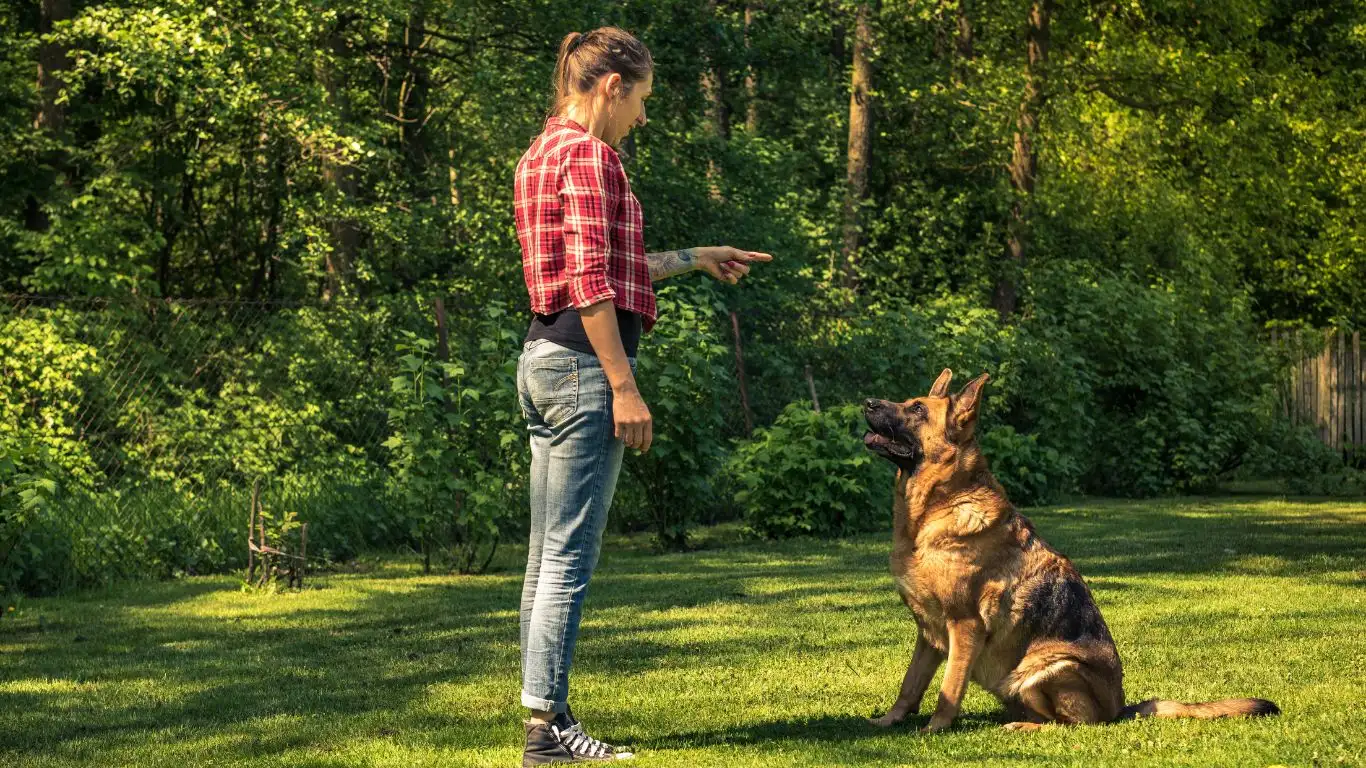
Consistency in Every Environment
One of the most important aspects of fine-tuning is practicing in different environments. While you may have initially trained your dog in your living room, you’ll want to expand this to other rooms in the house, the backyard, or even at the park if you’re feeling adventurous! Dogs are creatures of habit, so it’s essential to reinforce the bed command in all sorts of situations. Doing this will help your dog generalize the behavior and understand that no matter where they are, the bed is their place to relax.
Using Different Types of Beds
Another helpful tip when fine-tuning the “go to bed” command is using different types of beds. Dogs may associate one bed with a specific place, but by occasionally switching it up, you teach them that “go to bed” is a behavior, not just a place. If you have multiple beds or even a crate, ask your dog to go to each one using the same command. This gives them a broader understanding of what the “go to bed” command truly means. They’ll learn that the behavior is the priority, not the location.
Gradually Increasing the Challenge
As your dog masters the basics, try adding some new challenges to their training. Start by changing your movements while they’re on their bed—get up and walk around, or stand in different places. You can even try performing actions like vacuuming or cooking, which typically cause a bit of excitement or curiosity for a dog. Gradually increase the level of distraction or difficulty, but remember to always go at your dog’s pace. You don’t want them to become overwhelmed, so build up slowly and celebrate their successes!
Step 8: Maintaining the Bed Command Long-Term
Once your dog is confidently responding to the “go to bed” command, it’s time to think about long-term maintenance. Like any learned behavior, if you don’t reinforce it regularly, your dog might start to slip up. But don’t worry—it doesn’t mean you’ve failed. It just means you need to check in with your dog and keep the behavior fresh. Regular practice will help maintain the behavior and ensure that your dog understands it’s a lifelong expectation.
Incorporating the Bed Command into Daily Life
One of the best ways to maintain your dog’s bed command is to incorporate it into your daily routine. Use the bed command whenever you need your dog to settle down—for example, before meals, when guests arrive, or even just before bedtime. Consistency is crucial here. The more you use the command in everyday situations, the more natural it will become for your dog to follow it.
Regular “Refresher” Sessions
Just like with any skill, it’s important to schedule regular “refresher” sessions to keep your dog’s training sharp. These sessions don’t need to be long—just 5 to 10 minutes a few times a week will help maintain the behavior. During these sessions, you can reinforce the basic steps: going to the bed, staying there, and responding to distractions. Praise your dog generously, and reward them for a job well done. This keeps them motivated and reinforces their positive behavior.
Involving the Whole Family
If you’re not the only person in your household, it’s essential that everyone is on the same page with the bed command. Make sure everyone uses the same words, tone, and expectations when asking your dog to go to their bed. This consistency from all family members ensures that your dog doesn’t get confused, and they’ll quickly learn to follow the command from anyone in the household. It’s also a great opportunity to reinforce your dog’s obedience and build a stronger bond with them.
Common Mistakes to Avoid
Throughout the training process, you might encounter some common challenges. Here are a few mistakes to watch out for so that you can avoid unnecessary frustration for both you and your dog:
1. Inconsistent Commands
One of the most common mistakes people make is being inconsistent with their commands. For example, if you say “go to bed” one time and “place” the next, your dog may get confused. Stick with one clear and simple command, and use it consistently. This helps your dog know exactly what you expect from them and eliminates any potential confusion.
2. Not Reinforcing the Behavior Enough
Dogs need reinforcement to stay motivated, especially when they’re learning new behaviors. If you only reward your dog every once in a while or not at all, they may lose interest in the bed command. Be sure to offer praise and treats regularly, especially during the early stages of training. Once the behavior becomes more reliable, you can gradually reduce the rewards, but always keep the praise coming!
3. Expecting Too Much Too Soon
Remember, training takes time. If your dog doesn’t get it right away, don’t be discouraged. It’s important to celebrate small successes and work at your dog’s pace. If you rush through the training process or expect your dog to master everything overnight, you might set yourself and your dog up for disappointment. Be patient, stay consistent, and enjoy the journey!
References
For more helpful tips on dog training, check out the American Kennel Club. They offer a wealth of resources to help you train your dog effectively and with positive reinforcement techniques.
Disclaimer
The information provided in this article is based on my personal experience as a Canine-Assisted Therapy Trainer. Training methods can vary depending on the individual dog’s personality and learning style. Always ensure that your training methods are safe and positive for your dog. If you encounter behavioral issues that are beyond your ability to address, it’s always a good idea to consult with a professional trainer.
